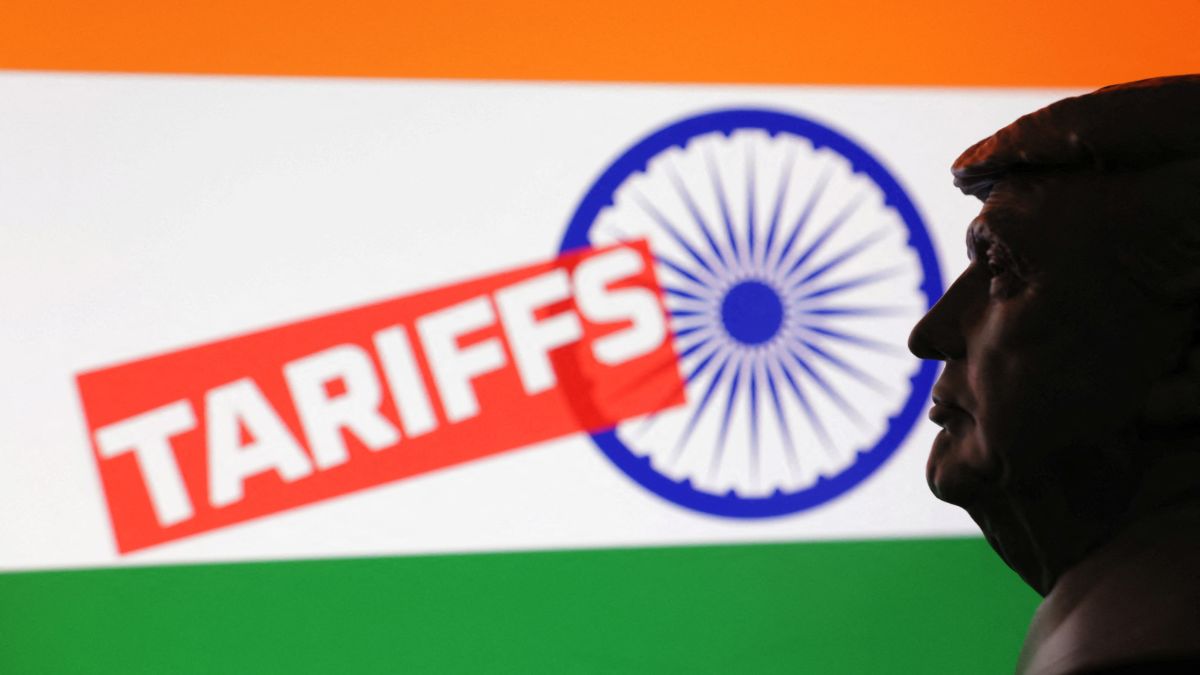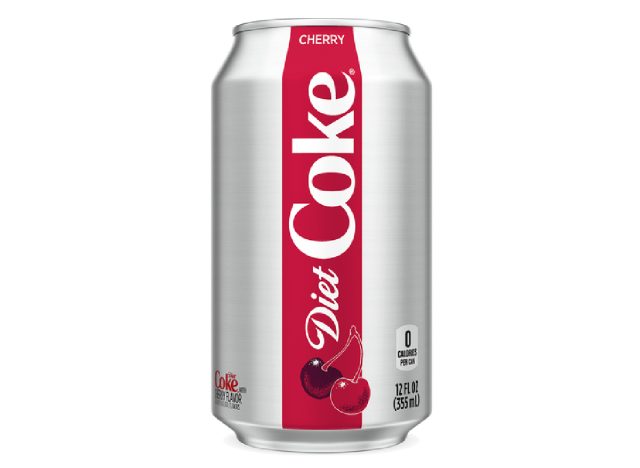25 Percent Tariff? Trump Just Shook Up India’s Economy- In a surprising turn that has sent shockwaves through India’s export landscape, former U.S. President Donald Trump has announced a 25% tariff on a range of Indian goods, triggering immediate concern across financial markets and export-dependent sectors. While India’s benchmark stock indices — the Sensex and Nifty — recovered from their early losses, the ripple effects of this announcement are far from over.
Markets Hold Steady, But the Storm Is Real
On the surface, the reaction looked mild. After a volatile morning, the Sensex closed marginally lower, and the Nifty regained much of the ground it lost during the day. But beyond the indices, the pressure was clear: stocks in textiles, pharmaceuticals, auto components, and marine exports fell sharply, reflecting fears of a sustained blow to India’s outbound trade.
This tariff move comes at a time when Indian exports have just started regaining momentum after years of global headwinds, and it threatens to derail recovery across several high-volume sectors.
Who’s Hit the Hardest?
Trump’s tariffs target some of India’s most globally competitive sectors — many of which rely heavily on the U.S. market.
-
Textiles & Apparel: The U.S. is one of the largest importers of Indian garments. With a 25% duty, Indian exporters may lose pricing advantage to countries like Bangladesh or Vietnam.
-
Pharmaceuticals: India is a global leader in generic medicines, and the U.S. is its biggest buyer. A tariff could raise drug prices in the U.S. and squeeze profit margins for Indian firms.
-
Auto Components: India’s growing presence in the U.S. auto supply chain could be challenged, as tariffs may force American companies to shift sourcing to Mexico or China.
-
Seafood, Especially Shrimp: India is a major supplier of shrimp to the U.S. A sudden cost hike could make Indian seafood less competitive, especially against Southeast Asian suppliers.
Why Now? The Trump Strategy
Though no longer President, Donald Trump remains a dominant figure in American politics and a leading contender in the 2024 U.S. election. His statement, shared via Truth Social, was aimed at reinforcing his long-standing stance on “America First” trade policies. He accused India of maintaining “unfair advantages” and vowed to protect U.S. industries from what he called “manipulated trade practices.”
While these remarks are not official U.S. policy yet, markets took them seriously — and with good reason. During his previous term, Trump withdrew India from the Generalized System of Preferences (GSP) and levied tariffs on steel and aluminum. A return to such measures is well within the realm of possibility if he regains office.
India’s Response: Watch This Space
As of now, there has been no formal response from the Indian government, but insiders suggest the Ministry of Commerce is preparing a strategy to mitigate the impact. Potential measures could include:
-
High-level diplomatic engagement with U.S. trade officials
-
Support packages or subsidies for affected sectors
-
Exploring alternative markets, including Europe, Africa, and Southeast Asia
-
WTO consultations, should the tariffs be implemented officially
“This announcement has shaken exporters. The U.S. accounts for over 17% of our total exports. If these tariffs are enforced, the shock won’t be short-lived,” said an official from the Federation of Indian Export Organisations (FIEO).
The Bigger Picture: Trade and Politics Intertwined
This development highlights a growing vulnerability in global trade: the weaponization of tariffs for political gain. Trump’s move is not just about economics — it’s also a signal to his domestic voter base that he remains tough on foreign competition. However, in doing so, he may jeopardize relationships with key allies like India, especially at a time when both nations are seen as strategic partners in the Indo-Pacific.
For India, the message is clear: over-dependence on any single market — even the U.S. — carries risk. The push for export diversification, already underway under India’s new foreign trade policy, is now more urgent than ever.
Brace for Uncertainty
While the Sensex and Nifty may have recovered from Thursday’s dip, the deeper tremors of Trump’s tariff announcement are just beginning. For exporters, investors, and policymakers, the next few weeks will be critical. Until more clarity emerges — especially regarding whether this policy will be formalized — India’s economy remains exposed to the unpredictability of U.S. political dynamics.
One thing is certain: this 25% tariff threat has shaken confidence — and reminded India Inc. that global trade is never immune from political shocks.
Massive Quake Sparks Pacific-Wide Tsunami Scare – Are We Prepared? | Maya

)


